In the age of instant information, curiosity does not always translate into inquiry. Many children learn to repeat answers rather than ask questions. This lack of scientific habit—scientific curiosity—affects their future ability to reason, investigate, and make informed decisions. In the following article, we will provide the keys to its development, as well as explain how it is fostered at Casvi Villaviciosa.
WHY IS IT URGENT TO REVIVE SCIENTIFIC CURIOSITY?
When curiosity wanes, critical thinking skills and the willingness to tackle complex problems also decline. Educational and public policy organisations such as UNESCO and the OECD recommend stimulating scientific skills and critical thinking at an early age to prepare children for the challenges of the 21st century. Science Week (3-16 November) is a strategic opportunity to revive the systematic practice of asking questions, testing hypotheses and experimenting.
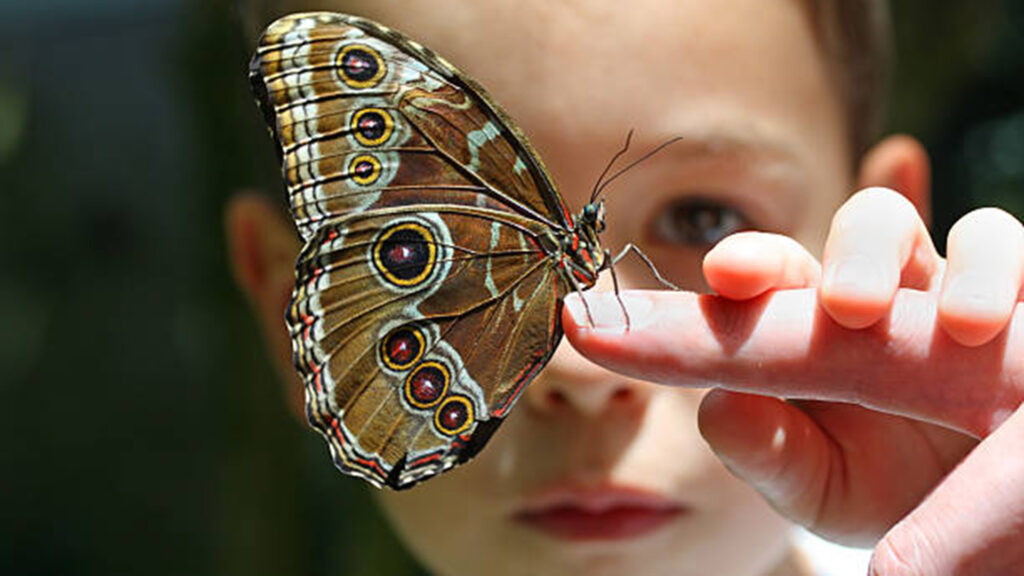
PRACTICAL SOLUTION: HOW TO ENCOURAGE SCIENTIFIC CURIOSITY (COMPLETE GUIDE)
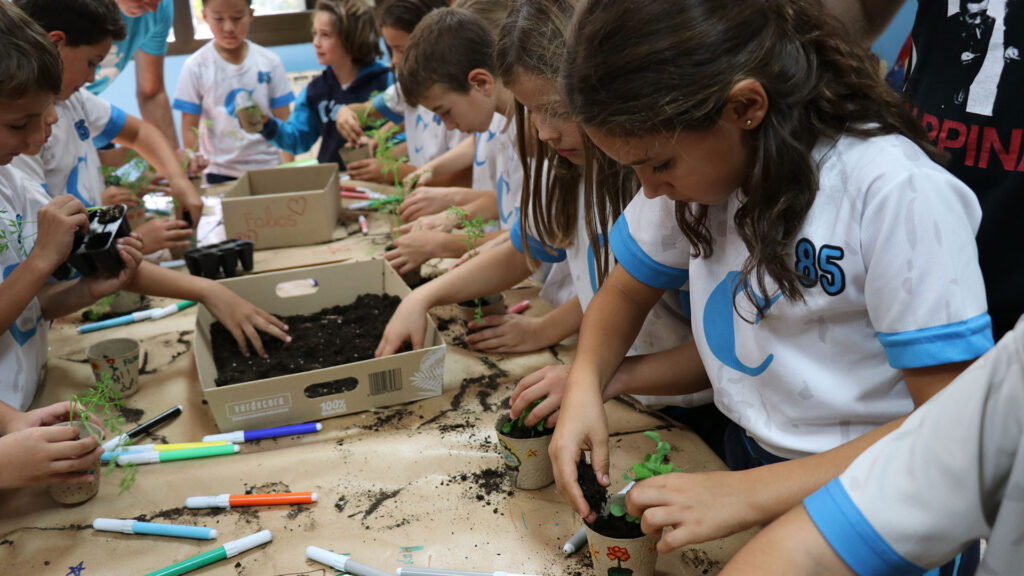
Scientific curiosity is fuelled by meaningful experiences. Below are some specific strategies that can be replicated at home, organised by level of implementation.
1. Simple experiments with high impact
- Observation projects: germinating seeds, observing the growth of a plant under different conditions, and recording results daily.
- Home experiments: floating/sinking, dissolving, safe reactions (bicarbonate + vinegar). Always under adult supervision and with an observation diary.
2. CRITICAL THINKING: FORMULATING HYPOTHESES AND TESTING THEM
- Before explaining, ask the children to hypothesise (“What do you think will happen if…?”) and design a simple test.
- Record results and discuss discrepancies between hypotheses and evidence.
3. SCIENCE THROUGH READING AND HISTORY
- Use stories about inventors and discoveries to connect emotion and scientific method. Reading the biography of a scientist or a popular science story stimulates deeper questions.
4. ENVIRONMENTS WHERE ERROR IS VALUABLE
- Design activities where failure is recognised as part of the method: document attempts, mistakes and improvements. This strengthens investigative resilience.
5. INTEGRATION WITH TECHNOLOGY AND DIGITAL RESOURCES
- Use simulators, educational apps, and interactive videos as supplements, but always link them to real observation and critical reflection.
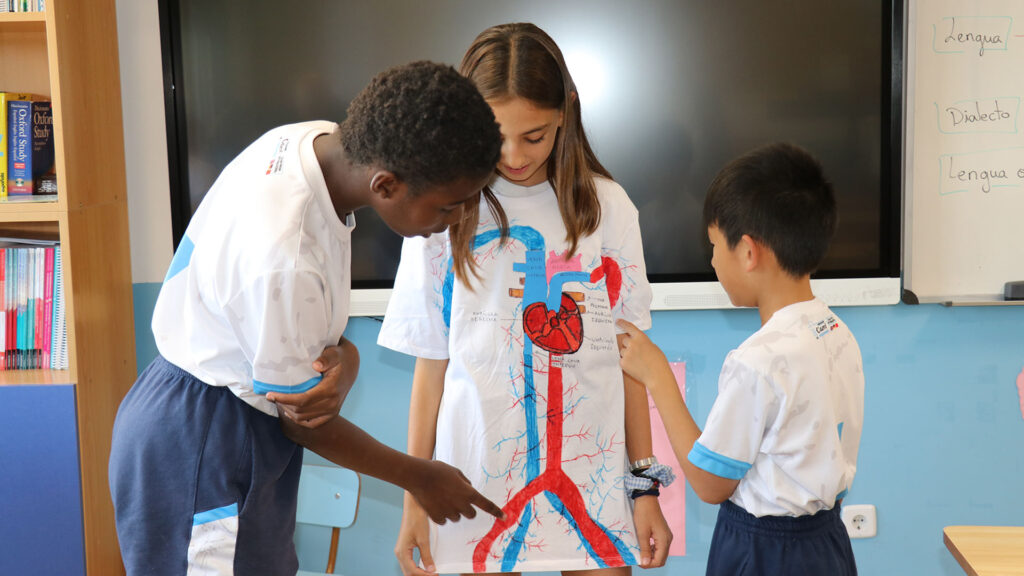
EVIDENCE AND PEDAGOGICAL SUPPORT
- The International Baccalaureate (IB) methodology prioritises inquiry-based learning. At Casvi Villaviciosa, thanks to its IB educational model, this approach is applied through cross-curricular projects that combine, for example, robotics, laboratory work and field trips.
- Studies and reports from organisations such as UNESCO and the OECD highlight the value of scientific curiosity for future employability and informed citizenship.
- In practice: at Casvi Villaviciosa, initiatives such as robotics projects in primary school and science fairs in secondary school show concrete improvements in motivation and problem-solving skills.
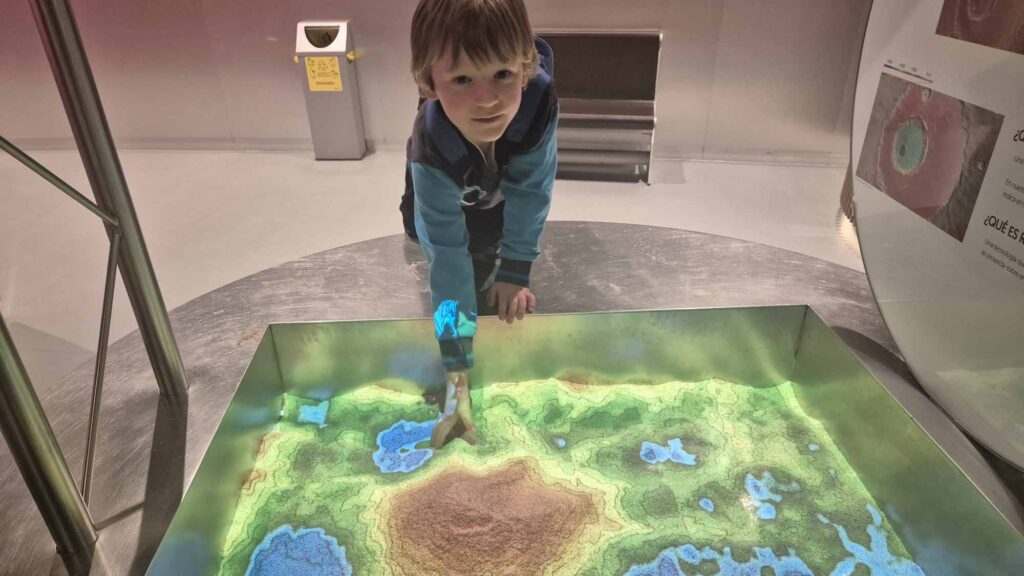
CHECKLIST OF FAMILY ACTIVITIES FOR SCIENCE WEEK
- Hold a “question time” with simple experiments (seeds, water/salt, colour mixing).
- Encourage a journal of discoveries with drawings and notes.
- Visit science museums or local exhibitions during Science Week.
“Seeing children ask questions and then trying to prove them is the greatest satisfaction: curiosity becomes competence.”
Science Teacher at Casvi Villaviciosa
HOW WE DO IT AT CASVI VILLAVICIOSA
At Casvi Villaviciosa, we integrate scientific curiosity into the curriculum from preschool to Baccalaureate through laboratories, iPad classrooms, robotics kits, science fairs, field activities, and much more. The school combines digital resources with direct observation and cross-curricular projects that connect science, art, technology, and more.
If you would like to see how the centre works and plan a visit, you can request a personalised tour on the institutional website.
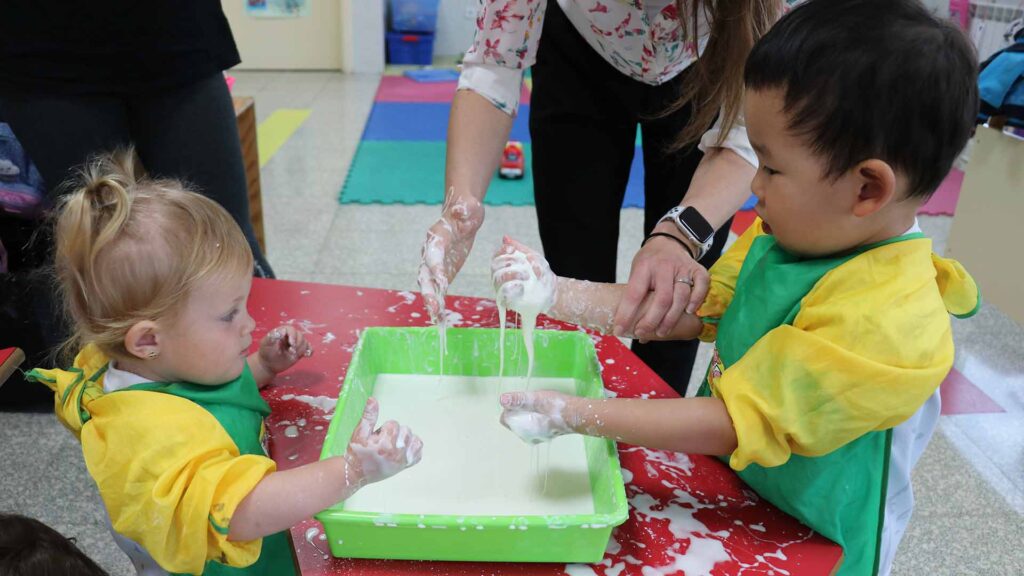
FREQUENTLY ASKED QUESTIONS
What is scientific curiosity?
It is the propensity to ask questions, observe, experiment, and seek evidence-based explanations for how and why phenomena occur.
How does scientific curiosity influence informed decision-making?
Encourages the ability to evaluate evidence, compare sources and think critically before accepting a conclusion or making a decision.
How has scientific curiosity evolved throughout history?
It has evolved from the empirical observation of ancient civilisations to the formalised scientific method developed during the Scientific Revolution. Today, it is combined with digital technologies that expand its scope.
What is the importance of scientific curiosity in science communication?
It is the basis for turning complex topics into accessible narratives that generate interest and understanding in society.
How does scientific curiosity manifest itself in everyday life?
In the tendency to ask “why” and “how”, from domestic meteorology to understanding everyday appliances.
How does scientific curiosity differ from everyday curiosity?
Scientific curiosity seeks verifiable and replicable explanations. Everyday curiosity is based more on interest or wonder without necessarily requiring verification.
What are the benefits of scientific curiosity in learning?
Improves motivation, knowledge retention, autonomy, critical thinking, and problem-solving skills.
What is the importance of scientific curiosity in scientific research?
It is the engine that drives new questions, hypotheses and lines of research; without curiosity there is no innovation.



